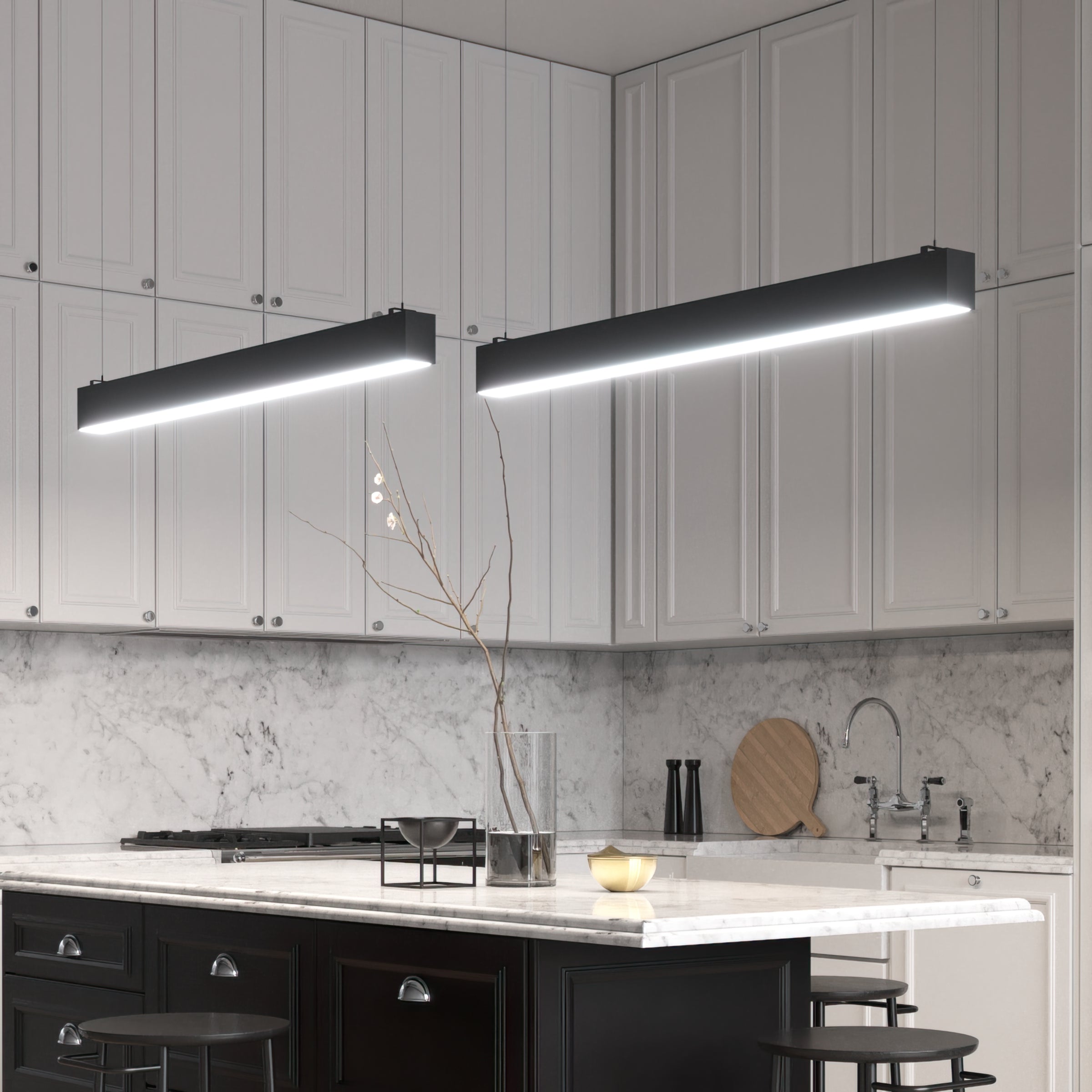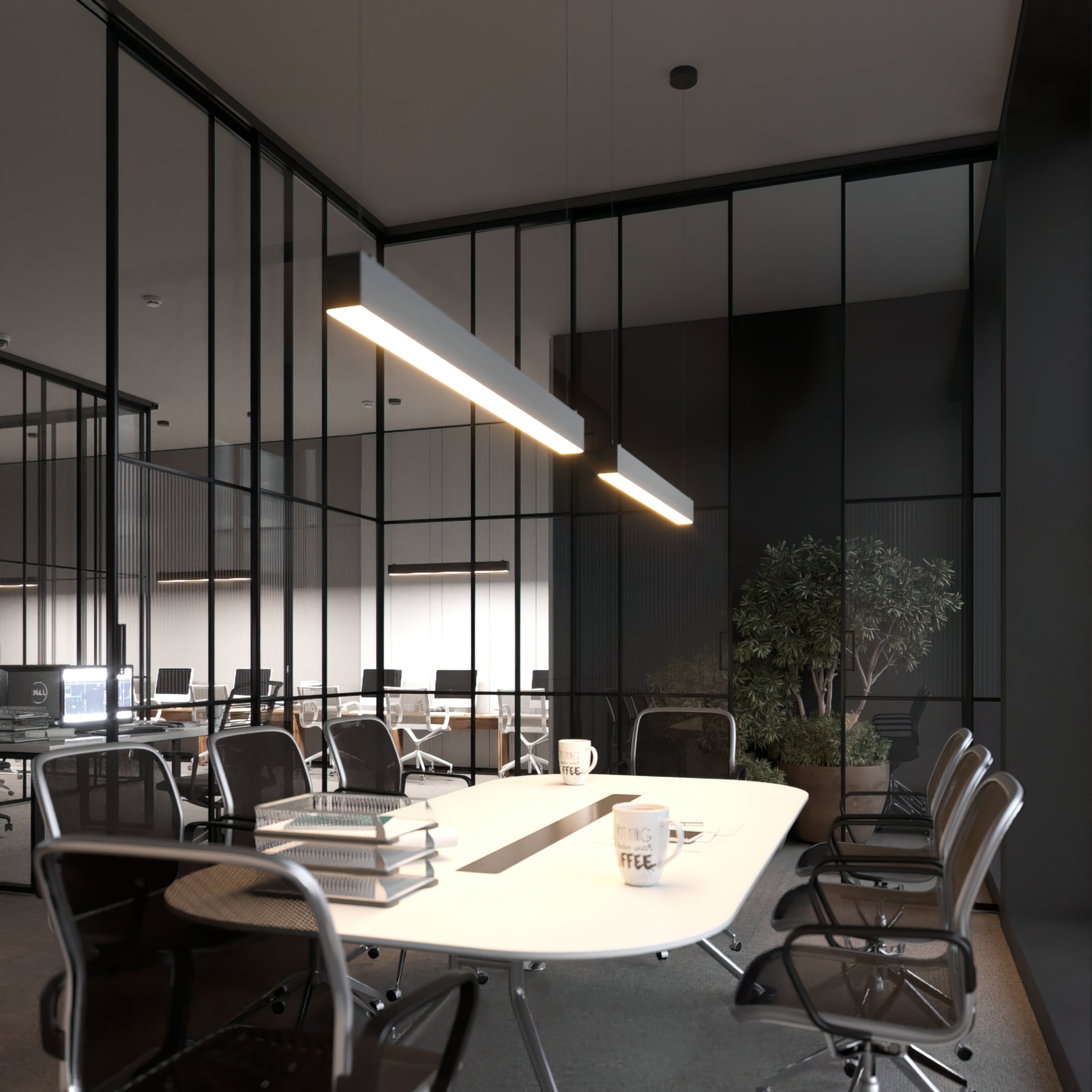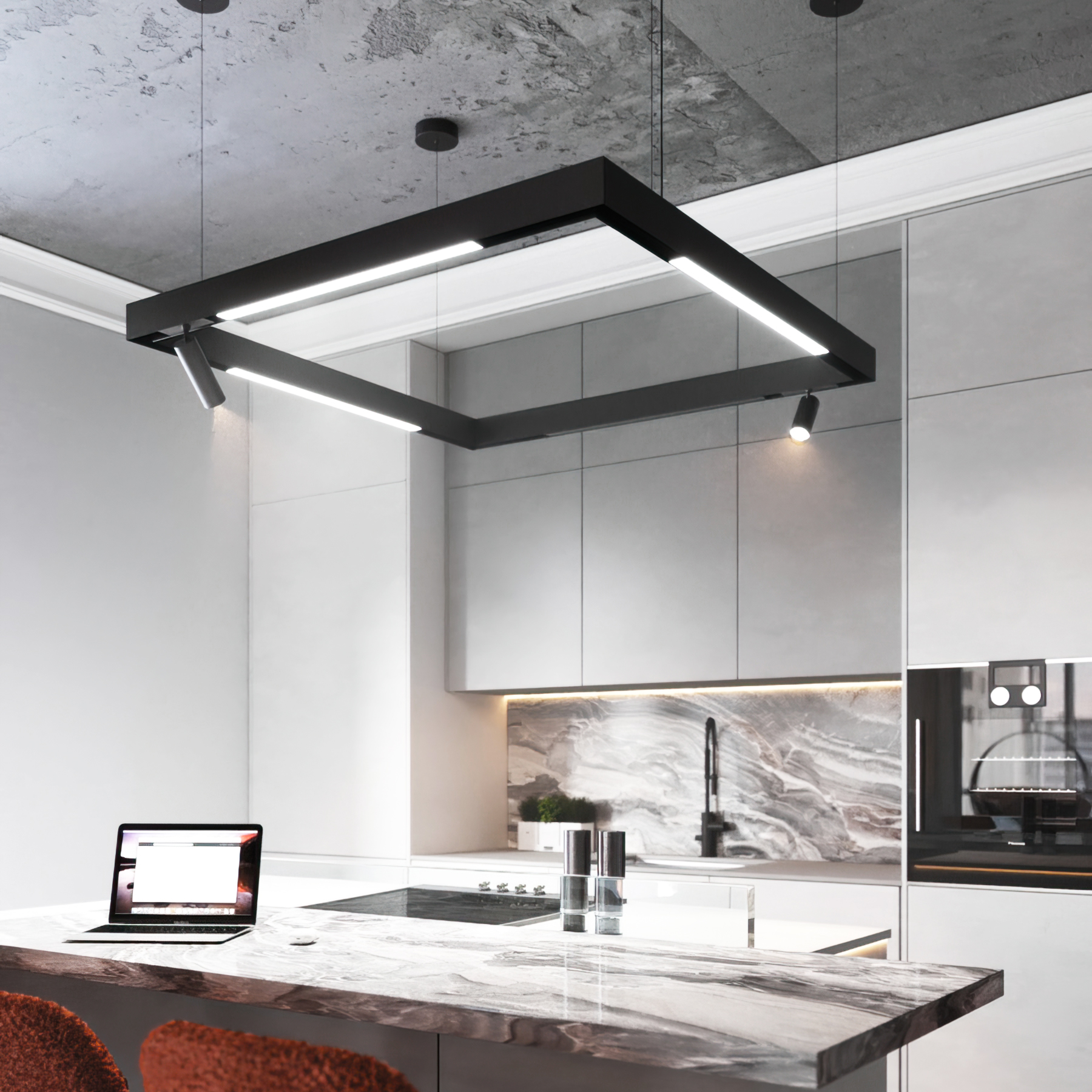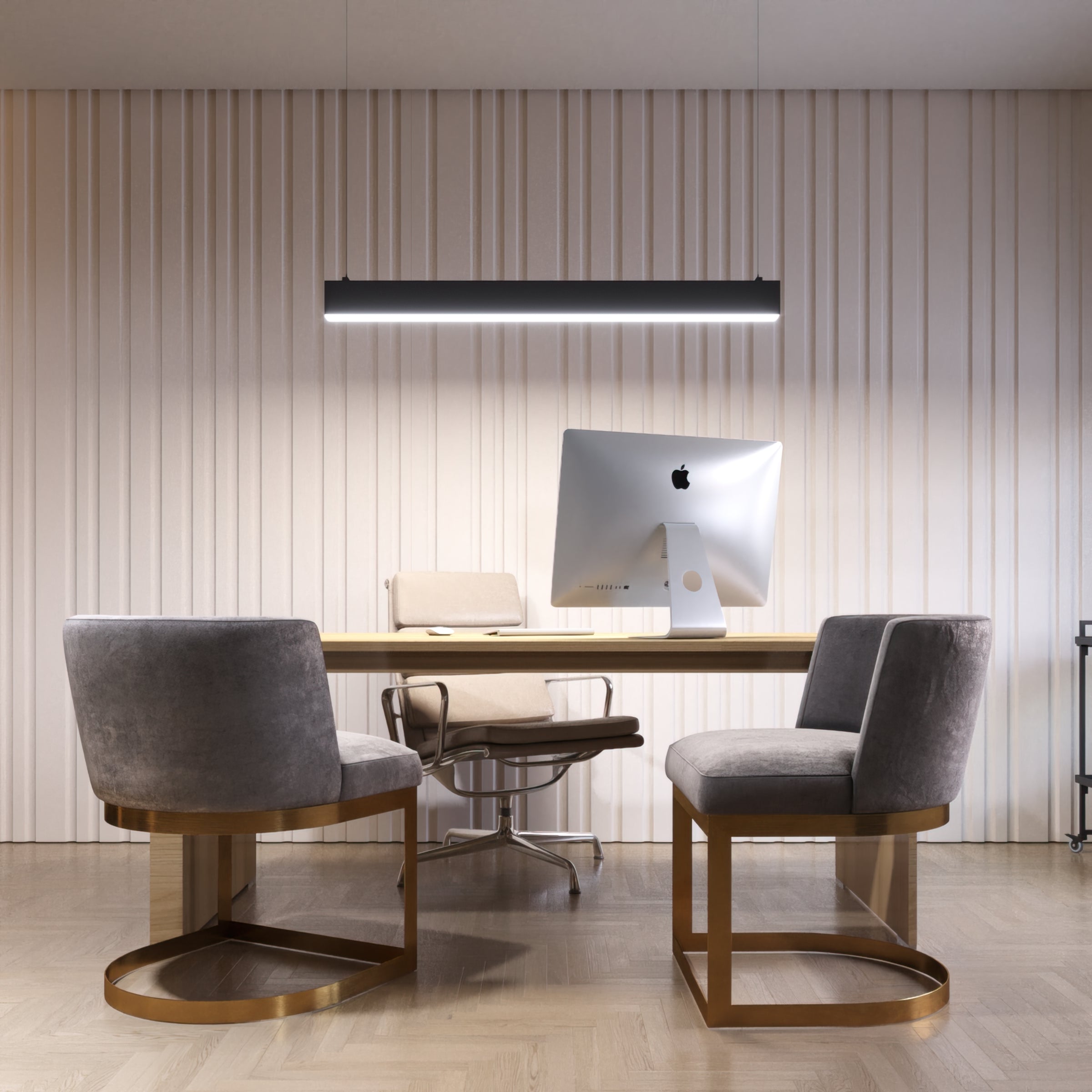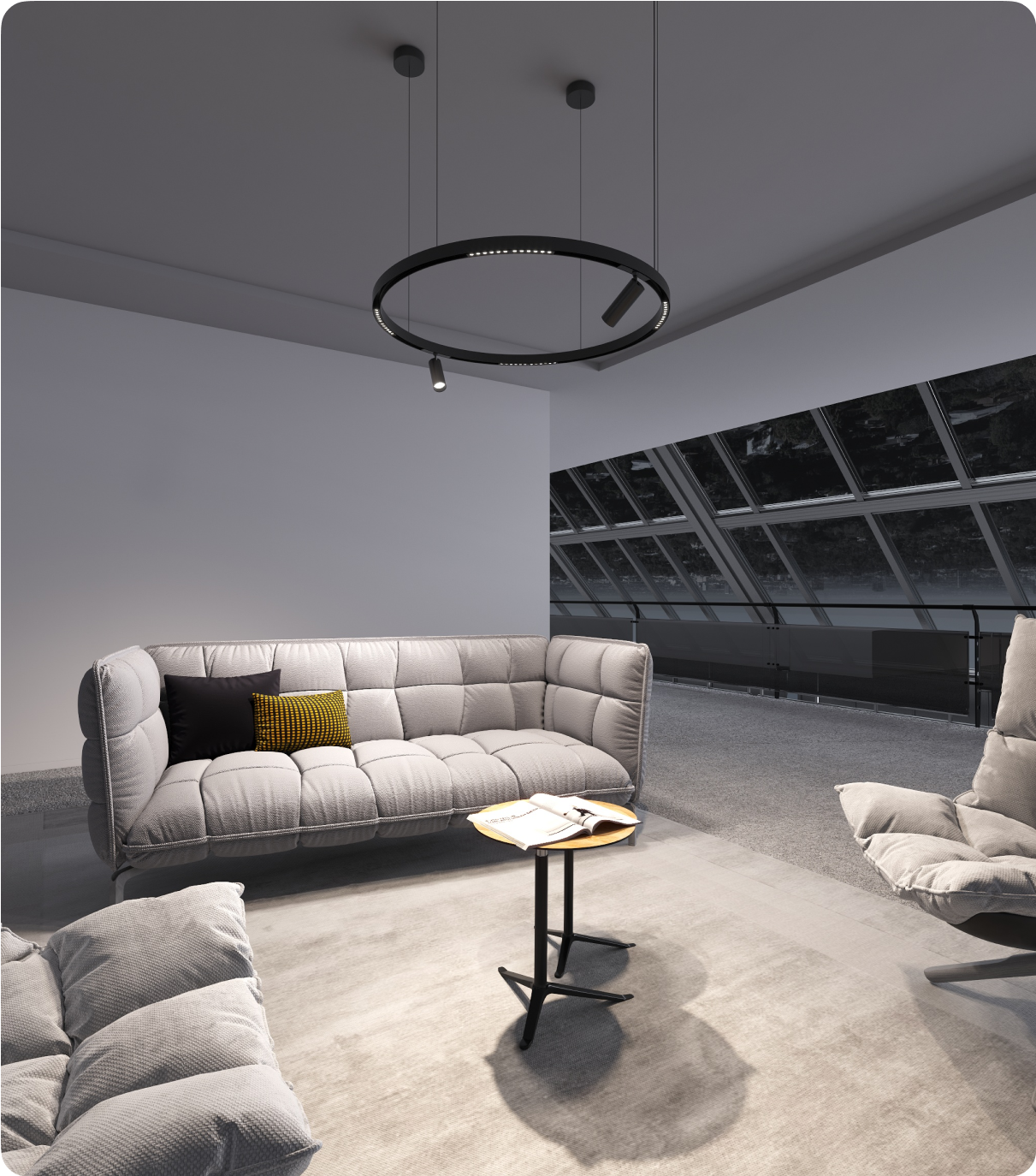Many light fixtures in homes are connected directly to the high-voltage electrical system. High voltage, also known as line voltage or household current, has a standard voltage of 120 volts and is commonly found in outlets and junction boxes in the US. Line voltage fixtures are used for traditional types of lighting, such as ceiling lighting and sconces. What is considered low-voltage lighting? How many volts is low-voltage lighting? It uses less than 50 volts of power (typically 12 or 24 volts), was originally developed for landscape lighting, and later made its way indoors. It is now widely used for lighting applications such as recessed lighting, track lighting, under cabinet lighting, strip and tape lighting, and more. Low-voltage indoor lighting systems provide a soft, ambient glow and are known for their energy efficiency. In this blog post, we will discover how low-voltage lighting works and why you should opt for it when possible.
Is Low-Voltage Important?
When it comes to lighting, it is always better to use the proper voltage for LED lights or higher within the allowed range. For example, 120V and 130V lighting can be used interchangeably. However, there are some advantages to using 130V lamps. Not only does it produce less heat, but it also consumes less energy and lasts longer. Additionally, it can handle voltage surges better than 120V lighting. The only downside is that it has a lower lumens output, which means it is not as bright and has a lower color temperature.
On the other hand, if you plug 120V lighting into a 12V fixture, the lighting will not turn on. Similarly, if you plug 12V lighting into a 120V fixture, the lighting will be permanently damaged. This is why it is important to pay attention to the voltage requirements of your lighting fixtures before purchasing and installing light fixtures. In most cases, the socket of your lamp/fixture serves as a good indicator of what light to use. However, knowing the lighting base can also be helpful in selecting the correct low-voltage indoor lighting wiring. By taking these factors into consideration, you can ensure that your lighting is safe, functional, and appropriate for your needs.
Benefits of Low-Voltage Lighting
Low-power lighting offers several benefits. While many people assume that low-voltage lighting provides less light, one of its main advantages is that it can often produce the same amount of light as line-voltage fixtures. Most low-voltage fixtures have a maximum wattage capacity of 50 watts, which may not seem like enough light for general illumination. However, low-voltage light is typically used to create an ambient atmosphere and special lighting effects using unique halogen lamps that are not typically available for line-voltage fixtures. Low-voltage fixtures are also often smaller in size, allowing for greater versatility and placement options in areas where line-voltage fixtures may not be suitable.
Energy And Cost-Efficient
Low-voltage lighting can be a great option for those who want to be more environmentally friendly. It uses less energy than standard lighting, reducing your carbon footprint, and is also more durable, reducing the need for frequent replacements and saving you money in the long run.
Low Heat
Low-voltage ceiling lights produce minimal heat within their environments due to the low wattage required to operate them. This makes them advantageous for enclosed spaces, sensitive materials, and areas where children and pets are present, as they do not emit as much heat as other light sources that work harder.
Safety
Low-voltage residential light is safer to use than 120-volt lights, as they emit less heat and have lower wattage, making them cooler to the touch and reducing the risk of burns upon contact.
Versatility
Low-voltage lighting is a versatile option for indoor and outdoor use. It can create a warm and inviting ambiance in your home and provide safety and security in outdoor areas.
Why You Shouldn't Choose High Voltage on LED
LEDs cannot be connected directly to 120V high voltage power because that amount of power and current would instantly destroy the LED. Instead, the LEDs require a low voltage with constant current to operate correctly. In order to provide this low voltage, electronics are added to high voltage fixtures to change the 120V high voltage to a low voltage constant current that the LEDs can use. However, there are two issues with this approach. Firstly, high-voltage LED lamps use even more circuitry to adapt the dimmed high voltage into something that the LEDs can operate with, which reduces the dimming range of the LEDs, causes electrical noise, requires matching the dimmer and the LED lights, and reduces the quality of the light output via flicker and light output stability. Secondly, the extra electronics in the lights generate heat, which reduces the light output from the LEDs and shortens their lifespan.
Types of Low Voltage Lighting
Interior low-voltage LED lighting is a versatile lighting option that can be used in many areas of a home, including kitchens, closets, and bathrooms, to provide illumination for countertops, shelving, and surfaces. It can also be used for general illumination or to highlight specific features both indoors and outdoors. Many homeowners prefer low-voltage lighting for outdoor use due to its ease of installation and the absence of trenching requirements. By installing spotlights, low-voltage wells, and step lights, you can provide additional illumination around the exterior of your home. Low-voltage LED string lights, also known as bistro lights, are a popular option for decorating outdoor spaces and can enhance the ambiance of any outdoor gathering or event.
Low-voltage home light is a versatile option for indoor lighting, creating a warm and inviting ambiance in home light. Also, it is important to pay attention to the voltage requirements of your lighting fixtures before purchasing and installing light fixtures.
